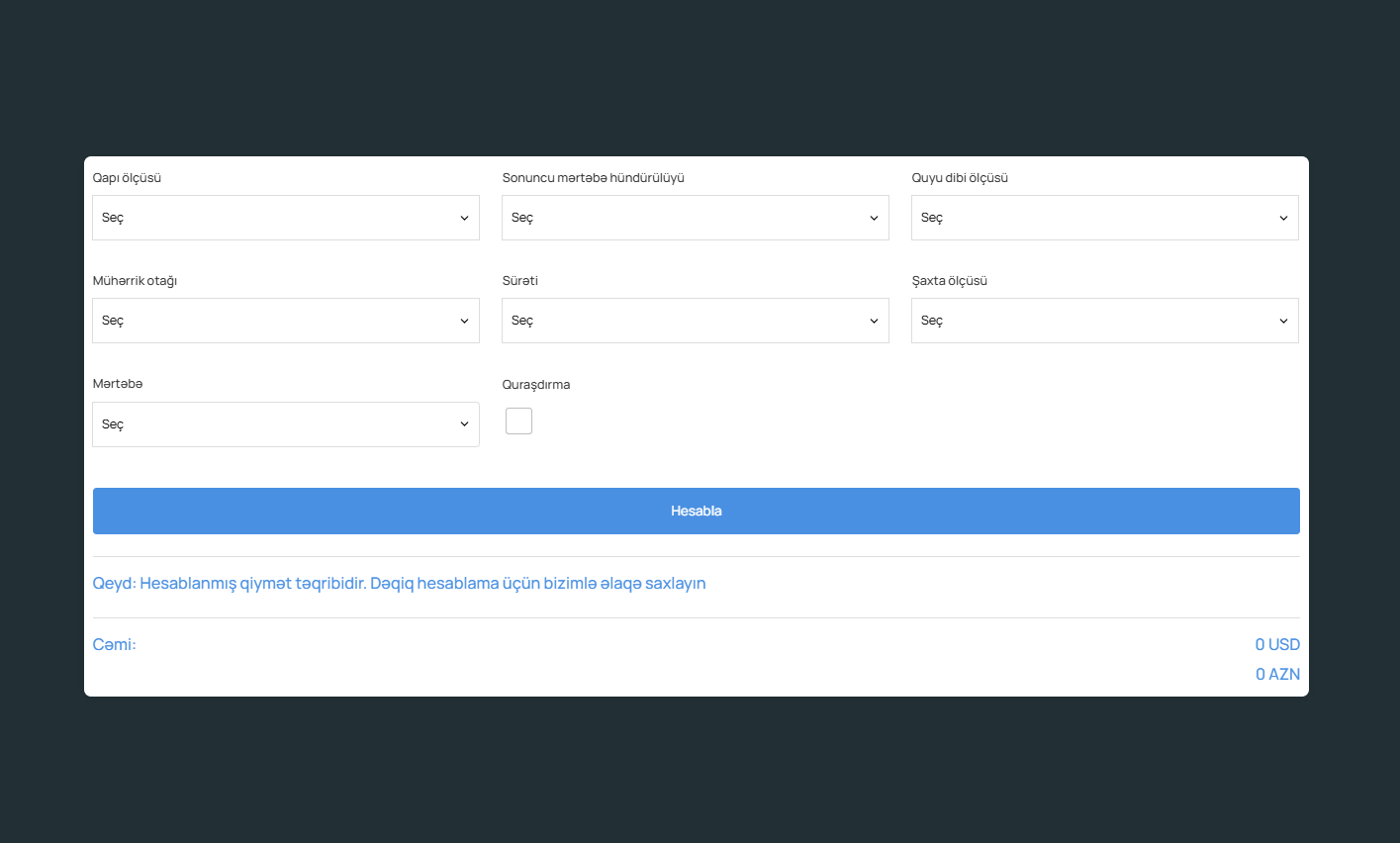
One of the most frequently asked questions when constructing a new building or renovating an existing lift system in Azerbaijan is, “how are lift prices calculated?”
Introduction: What Affects Lift Prices?
One of the most frequently asked questions when constructing a new building or renovating an existing lift system in Azerbaijan is, “how are lift prices calculated?” The cost of a lift system is not just the price of the cabin and motor. Multiple factors play a role, including design, installation, technical specifications, and safety standards. This article explains in detail the key elements affecting lift pricing, how they are calculated, and what to consider when choosing a lift.
1. Project Specifications and Building Type
The first major factor in determining lift prices is the type of building and its specific project features. For example, residential buildings, hospitals, shopping centers, or industrial facilities each require different technical specifications. The number of floors, foot traffic, shaft dimensions, and usage intensity all directly influence the price.
Larger and more complex projects cost more. For example, installing 3 lifts in a 20-floor building is significantly more expensive than installing 1 lift in a 5-floor building. Therefore, lift companies usually conduct a technical inspection and needs analysis before quoting. At this stage, the answer to “how is lift pricing determined?” becomes clearer based on the project’s technical parameters.
2. Type of Lift and Functional Features
Several types of lifts exist in the market: passenger lifts, freight lifts, hospital lifts, panoramic lifts, and platform lifts. Each has unique technical and design requirements. For example, hospital lift prices are higher due to antibacterial cabins, space requirements, and emergency generator backup.
How does lift type affect price? – While standard passenger lifts are more affordable, high-speed lifts, smart control systems, or panoramic glass lifts cost significantly more. The quality of materials (e.g., stainless steel, glass, carbon fiber) and interior design also heavily affect the cost.
3. Equipment and Technological Components
The main parts of a lift – motor, control panel, cabin, doors, and sensor systems – make up the core of the cost. Lift prices vary based on the origin, brand, and technology level of these components. For example, German and Swiss-made lift systems are known for quality but are more expensive.
Features like sensor-based controls, energy-saving systems, silent movement mechanisms, and automatic fault diagnostics add to the cost. Also, lift speed plays a major role: a lift moving at 1 m/s differs in cost from one moving at 2.5 m/s.
4. Installation Costs and Mounting Process
The complexity of the installation process is another key factor in lift pricing. Basic systems may take 7-10 days to install, but complex systems can take 3-4 weeks or more. Labor, transportation of equipment, cable installation, and safety measures all contribute to added costs.
How are installation costs included in lift pricing? – Some companies charge separately, while others include it in a package. Difficult locations (e.g., historic buildings, tight spaces) increase installation costs. Also, logistics and transport costs are higher in remote areas.
5. Maintenance, Warranty, and Spare Parts
A long-term lift maintenance plan is essential. Whether 1- or 2-year service is included affects the total price. The longer the warranty, the higher the cost. After the warranty period, the availability and price of spare parts also matter.
Other price considerations: Availability of repair parts in the local market, use of original or alternative parts, and response time for technical support also affect the final quote. Professional lift companies provide transparent pricing in advance.
6. Estimate Your Price with the Online Lift Calculator
On DizaynLift’s official website, an online lift calculator allows users to get an estimated lift price based on their project. By entering the number of floors, cabin type, load capacity, and other specifications, users can receive an approximate cost.
How does the calculator work? – With just a few clicks, technical details of the building are entered, and the system generates a price range. This helps customers plan budgets and make decisions without an initial on-site meeting. Click for calculator. For exact pricing, it’s still important to consult the company’s specialists.
Conclusion: Lift Pricing Must Be Transparent and Needs-Based
To summarize, the answer to “how are lift prices calculated?” lies in technical project demands, lift type, material quality, technology, installation difficulty, and service conditions. Each building has different needs, so a tailored approach is essential.
If you want to learn the cost of installing a lift for your building, contact a professional company that provides technical inspection and customized quotes. DizaynLift in Azerbaijan offers transparent and technically sound assessments backed by an experienced team.
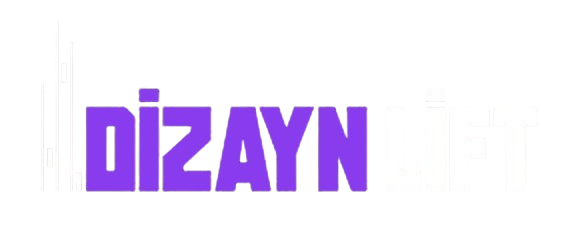
 Azərbaycanca
Azərbaycanca English
English Русский
Русский.webp)
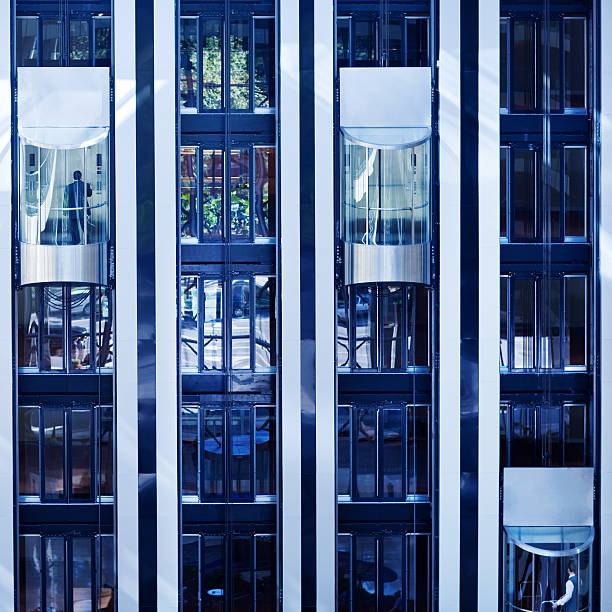
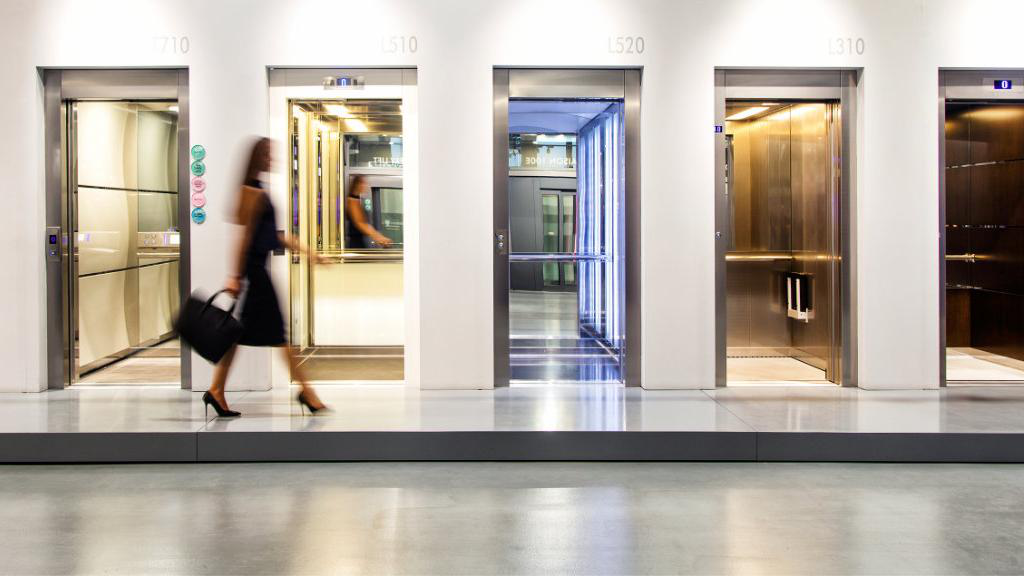
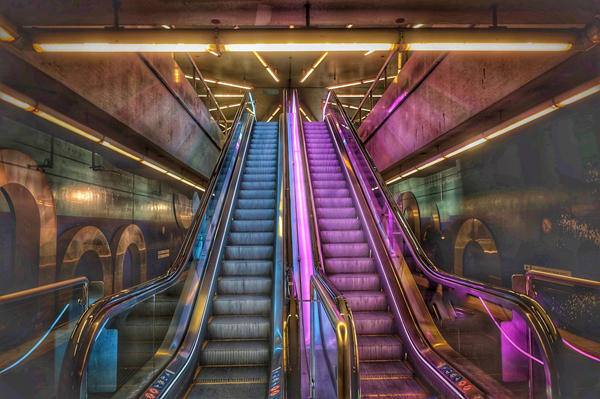
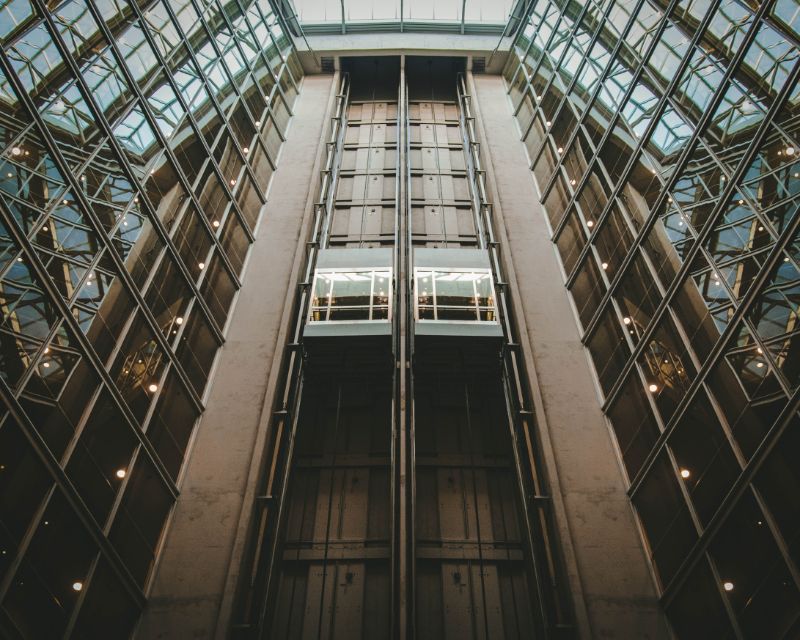
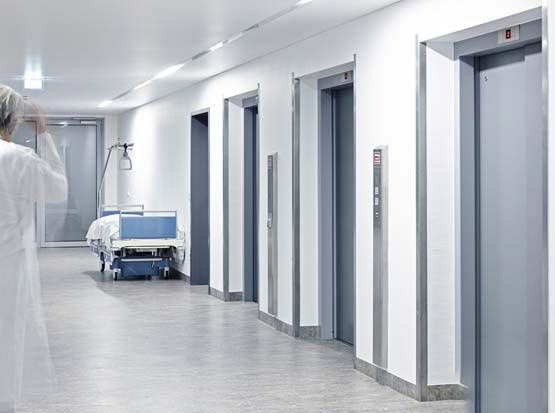
.png)
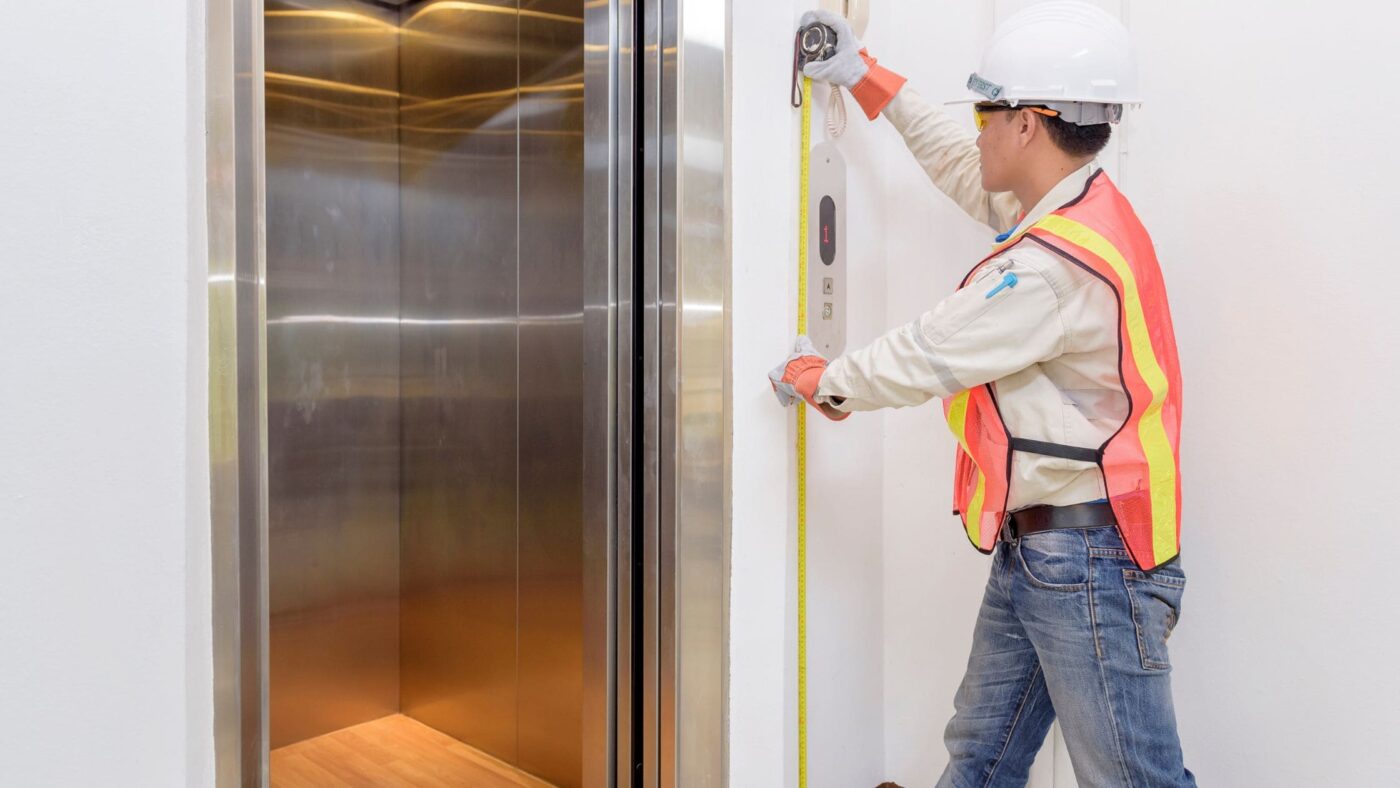

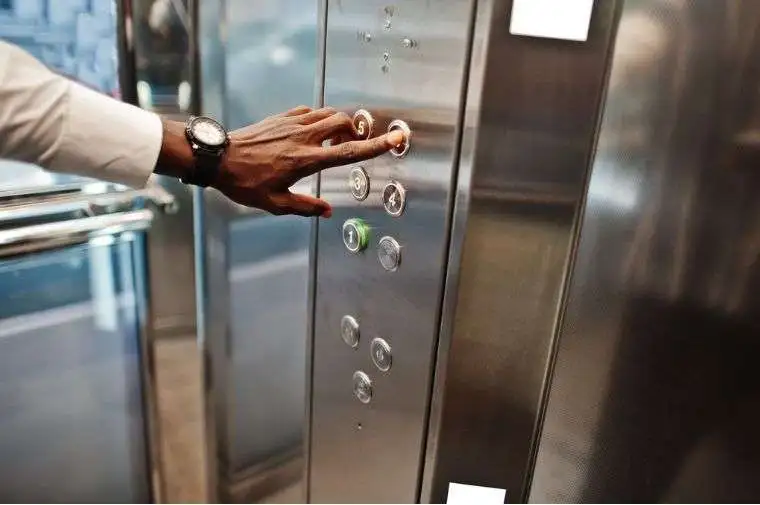
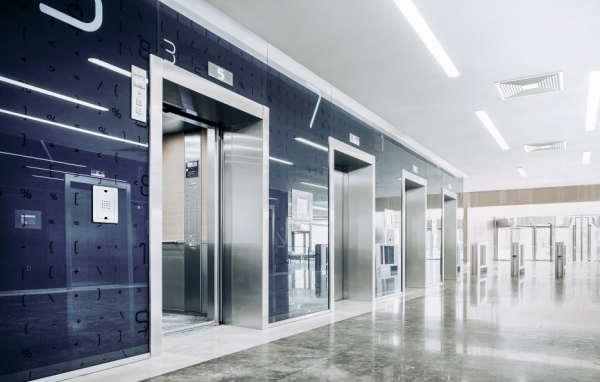

.png)



